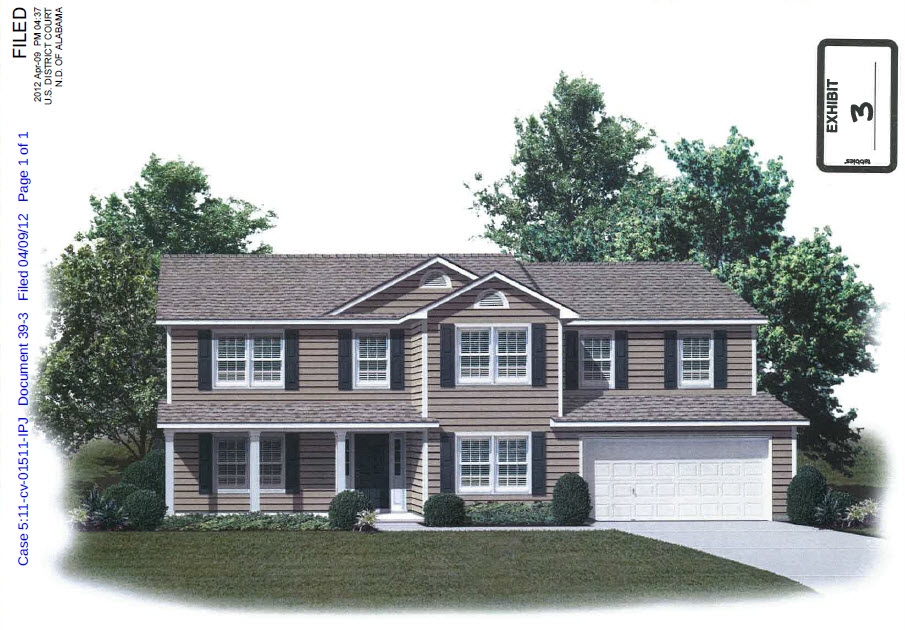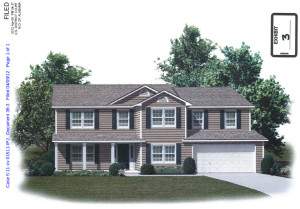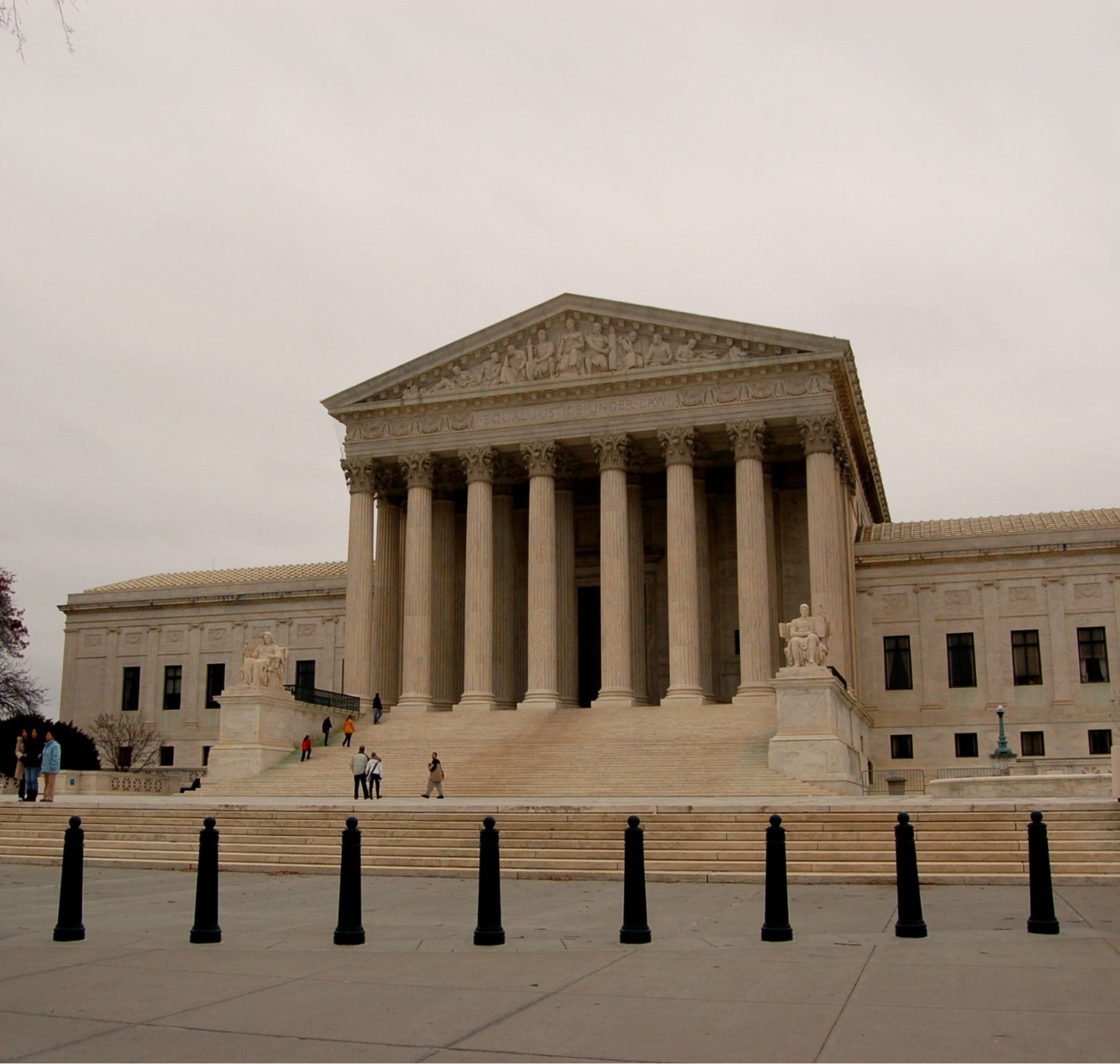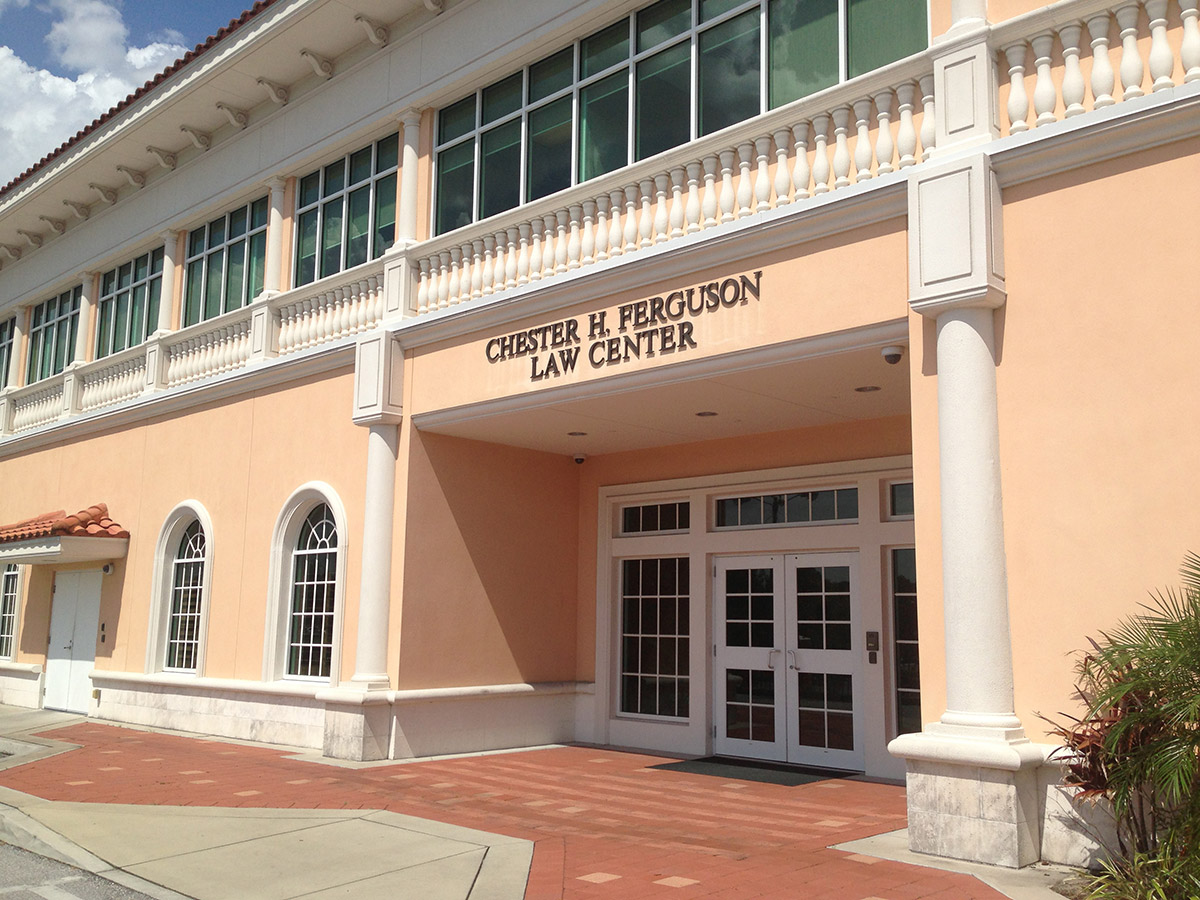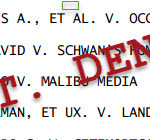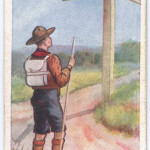IP Year in Review: The Problem With Writing Your Own License Agreements
This is Part 1 in a 5 part series of some of the more interesting intellectual property cases decided in the 11th Circuit in 2015.
Imagine this: You’re an artist, and your bread and butter is creating artistic images for companies to bring to life their architectural plans and sell their houses. You work hard, and you’ve Googled enough to know that you own your copyright when you create your work, even if you don’t have a registration. You go a step further, and add some language to your invoice to limit the scope of the purchaser’s use of the work. So when the purchaser re-sells your work beyond the scope of the limitations you set, that’s copyright infringement, right? No necessarily.
In a decision that misstates one of the basic tenets of copyright law, the Eleventh Circuit this year held that the artist’s copyright infringement action failed because he had granted, by his course of actions, an implied nonexclusive license to the defendant to use his works. Karlson v. Red Door Homes LLC, 611 Fed. Appx. 566, No. 14-12371 (11th Cir. May 7, 2015) [.pdf].
What is an implied non-exclusive license? The Court’s legalistic explaination: “An implied license is created when one party (1) creates a work at another’s request; (2) delivers the work to that person; and (3) intends that the person copy and distribute the work.” Courts examine the totality of the parties’ conduct to evaluate intent. See Estate of Hevia v. Portrio Corp., 602 F.3d 34, 41 (1st Cir. 2010). In plain English, it means that even though you own your copyright, you basically give away the farm by your actions if you don’t make clear your intentions in writing. If you don’t work out license terms in writing in advance, but you hand over your work, the law is going to presume you handed over a very broad license. And if, as the copyright owner, you’ve granted an implied non-exclusive license, the law will infer that you’ve agreed not to sue for infringement.
There’s nothing wrong with this test for an implied non-exclusive license, and in fact, it’s a well-known and oft-applied test. But here, the owner, on his invoice sent soon after delivery of the artwork and prior to any overt dispute, attempted to expressly limit the scope of the license granted in writing. The 11th Circuit was persuaded that since the works were delivered prior to artist sending the invoice language, the invoice was not effective to limit the otherwise implied non-exclusive license.
The Eleventh Circuit’s opinion gets wrong one of the most fundamental basics of copyright law. It’s Copyright 101 (well, to be technical, 17 U.S.C. § 102) that “copyright protection subsists” immediately upon an original work of authorship being “fixed” in a tangible medium of expression. But the Court’s opinion states that “Karlson applied for copyright protection for the renderings,” rather than applying for registration. Copyright protection subsists, whether you have a registration or not, and the Court should know that. Instead, it seemed to fault Karlson for applying for registration after the dispute arose.
Second, the Court entirely discounted the invoice language, stating “to limit the grant of a nonexclusive license to a specified use, a copyright owner must expressly convey the limitation when the work is delivered.” In my view, this further language should have, at the very least, created a jury question as to what the parties intent was at the time the drawings were created, because it goes to the intent to distribute. Instead, the 11th Circuit upheld judgment as a matter of law in Defendant’s favor, saying that sending the language with the invoice, even though the invoice was sent very shortly after the works were delivered, has no effect at all.
Here are the mistakes Karlson made before he even filed suit:
1) He drafted his contract language himself instead of consulting a lawyer. Karlson tried to limit the scope of his license, but his contract language “transferred” a “limited copyright” — language that just doesn’t fit with the way copyright rights are licensed, and no doubt hurt his legal claims.
2) He didn’t have a registration program in place. Any artist or business person who makes a living creating works for others to use needs to think long and hard about having a copyright registration system in place. It appears the court would have taken Karlson’s claims a lot more seriously if he had applied for registration prior to his dispute with Red Door Homes. At the very least, he would have had much stronger evidence to point to when the Court looked for proof of his intent on the licensing front.
3) He acted too late to protect his rights. Limiting language on an invoice after the goods are delivered is just too late. Best practices dictate working out the parameters in advance, and putting it all in writing, before you hand over the work.
Whether I agree with the 11th Circuit’s decision or not is of no matter — it’s clear that if you are a creative contractor here in Florida, you had better get your terms in writing in advance, or else you can spend a lot of time and money litigating, only to be told that you gave away the farm with an implied non-exclusive license whether you intended to do so or not. And really, why wrangle in court, when you can prevent a lot of heartache by being clear, in writing, from the start? The moral of the story: Don’t do it yourself. If your livelihood is based on creating works for others’ use, make sure you have yourself covered in writing. Contact us online or by calling 813-778-5161 for an appointment to make sure YOU are maximizing the value of your copyrights and other intellectual property.
(And by the way, my use of one of the renderings as depicted in the Court documents as part of this analysis and commentary? I almost always take my own images for this website, or else get express permission from the owner. In this case, though, I am going with fair use. And a recent 11th Circuit case decided this past October backs me up on that. That, my friends, will be Part 2 of this series).

